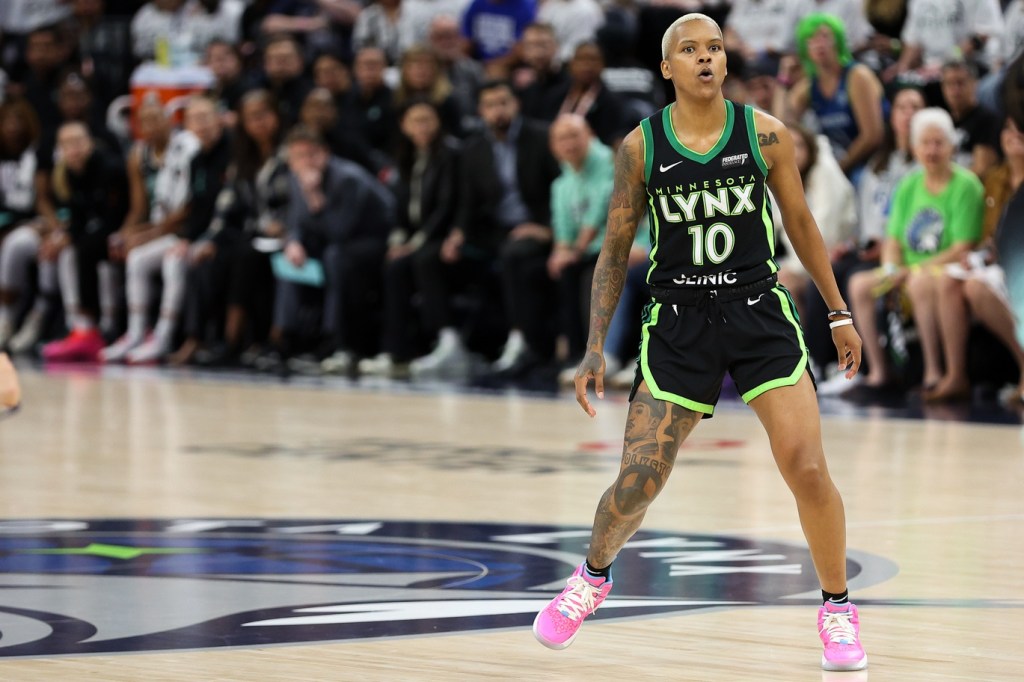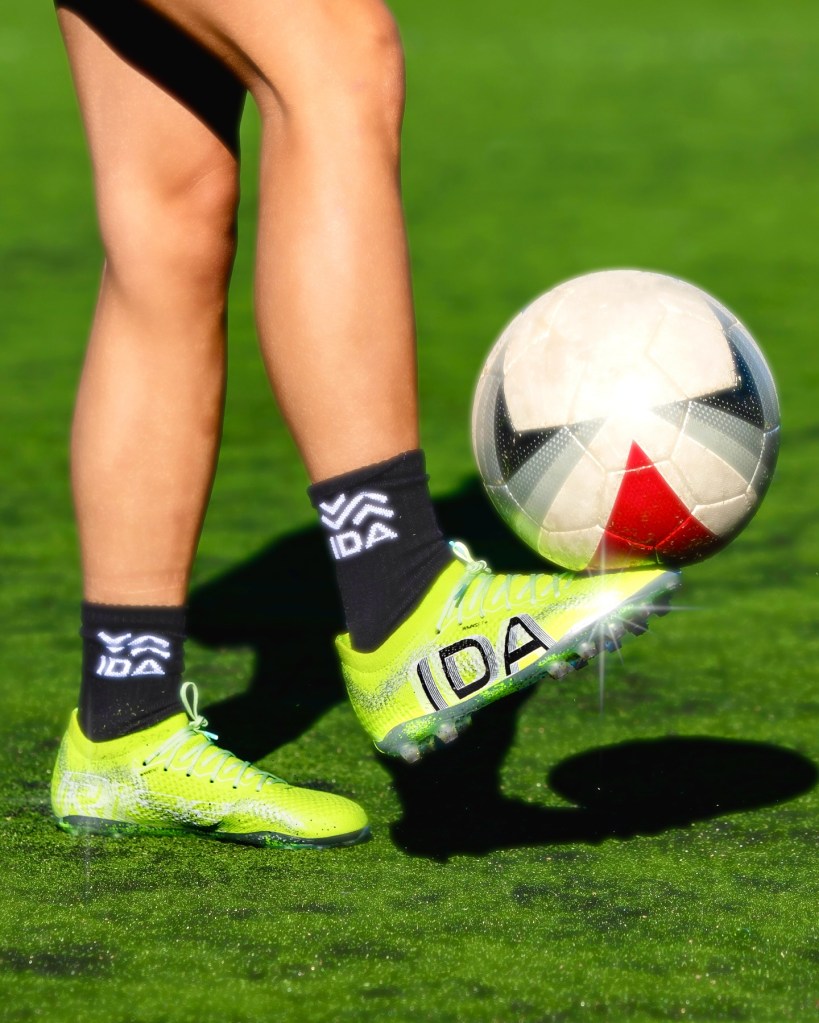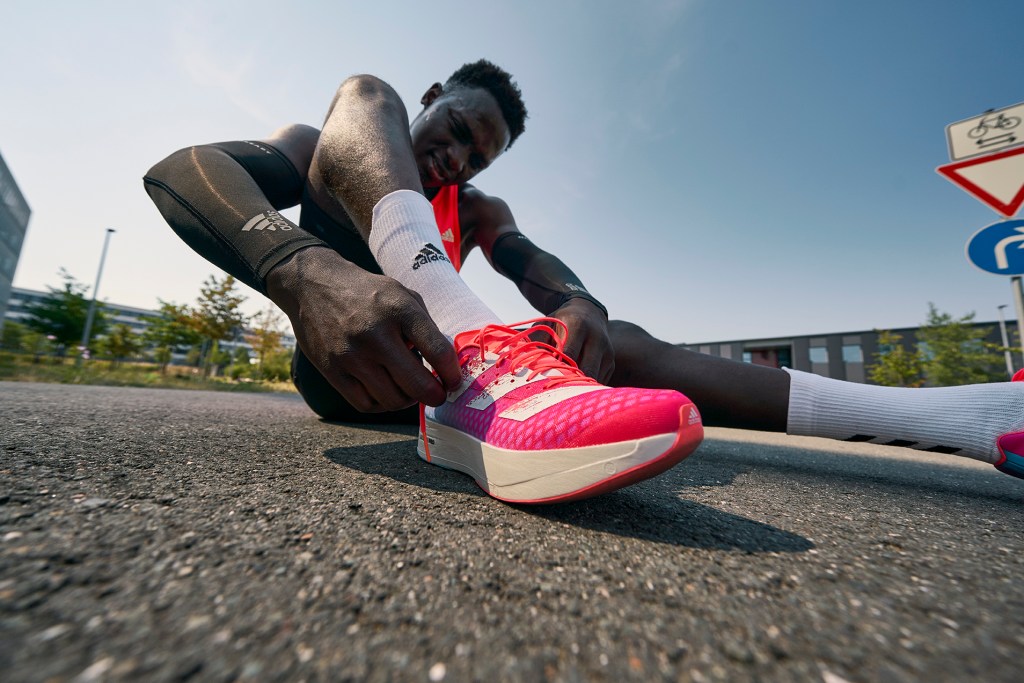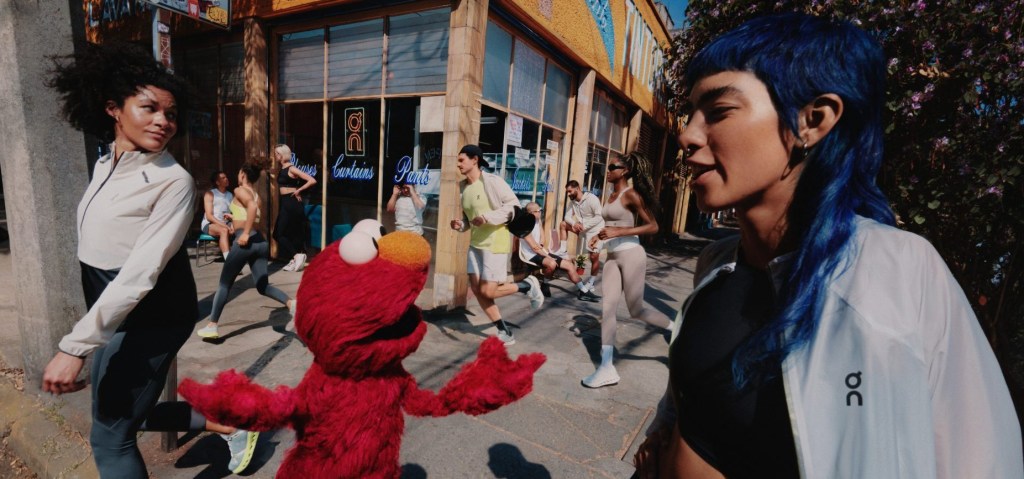Sabrina Ionescu’s signature sneakers have taken over the NBA. A’ja Wilson’s shoe was met with massive buzz. And fans can’t wait for Caitlin Clark to release a pair of her own kicks from her $28 million Nike deal.
Female athletes have their names on splashy basketball shoes, but they’re sometimes designed with a unisex last—the mold that fills the space where the foot goes. The universality is the point: “Not a women’s basketball shoe or a men’s basketball shoe, but just basketball,” Ionescu said last April of the Sabrina 1s.
But as women’s sports grow—and the market for signature women’s shoes soars—there is a growing push to move away from the traditional unisex model and design for women’s anatomy specifically.
Research shows that women and men have differently shaped feet: For example, women tend to have a different heel-to-forefoot ratio and higher arches than men. But across sports, women’s shoes have historically been sized-down versions of shoes engineered and molded to fit a man’s foot.
Yet shoe engineering can make a massive difference in terms of preventing injury.
“The shoe is the place that interfaces between our body and the ground through which we’re putting a force that makes us make a movement,” Roshna Wunderlich, an anatomy professor at James Madison University, tells Front Office Sports. “So, it absolutely has to make a difference in both our performances. And because it’s interfacing the other way, how is the ground affecting our body? It has to make a difference in our injury and the loads that our body is seeing.”
The research on women’s feet has picked up throughout the past decade, and although some major companies are using female-first lasts, other companies devoted entirely to making shoes designed for female athletes are blossoming. With science on their side, they’re proving to be both challengers in a crowded field of sportswear giants, and pioneers of a new vision for women’s sports.
The mainstream popularity of women’s sports is relatively new, but the quest to build better shoes for these athletes is more than 30 years old.
In 1987, footwear brand Rykä set out to design athletic shoes for “a woman’s unique foot shape, muscle movement and build,” according to its company website, which retails its made-for-women products. As one of the first companies with this goal, in 2001, Rykä helped fund an academic study on the differences among foot shape and shoe design for male and female biology.

“It really was the first systematic research project” in this area, says Wunderlich, one of the paper’s co-authors. The study showed 11 “significant differences” between women’s and men’s feet and calves, including that women tend to have a higher arch and shorter measurements on the lateral side of the foot, the big toe, and the ankle.
“Women’s shoes should not be simply scaled-down versions of men’s shoes if optimal fit is to be obtained,” concluded Wunderlich and co-author Peter Cavanagh, who recommended women’s athletic shoes be designed with these differences in mind.
Competing in ill-fitting shoes can cause blisters, corns, plantar fasciitis, and overuse injuries up the leg like shin splints, IT band syndrome, chronic knee pain, and tendinitis, particularly in the Achilles, says Yale School of Medicine’s Dr. Arianna Gianakos, who is currently obtaining a Ph.D. in foot differences between genders at the University of Amsterdam. She says changes to a woman’s body through her menstrual cycle and pregnancy can also put her at higher risk of injury or require different shoes.
Footwear is made by molding materials around a last, then removing it as the final step. When designed specifically for women, the end product is different. Sports footwear giants have certainly shown interest in a women-specific approach. Women’s lasts have been used in running shoes for decades. In soccer, Adidas made its first women’s cleat for in 2016, followed by Puma and Nike in 2023.
Some of these major companies do use and experiment with lasts for women, but increasingly, upstart companies are emerging with a laser focus on this approach to footwear.
Moolah Kicks, which designs shoes specifically for women’s basketball players, has collected data about women’s feet and makes a custom last to fit the average female hooper. The company, founded in 2020, markets its shoes as “no break-in, no burning.”
“When you’re talking about footwear, you’re really talking about equipment, and it’s nuanced down to the millimeter, and the volume that you put for the arch, and how narrow is the heel? How does it taper off into the angle? And then how is that shape graded for women who have bigger feet versus smaller feet?” says Moolah Kicks founder and CEO Natalie White.
“We’re a specialist,” White continues, citing On, Lululemon, and Speedo as successful examples of successful sportswear companies with a specific focus. “When you do one thing and you do one thing really well, you get close to that consumer and you’re able to win a lot of different angles because you know the consumer preference, and you’re able to sculpt all your gear for what they want.”

The demand from female athletes is there—and growing. Moolah Kicks says it has sales in the seven figures that are up about 40% from the previous year, more than 80 NIL (name, image, and likeness) deals, and a big get in WNBA and Unrivaled player Courtney Williams.
In the soccer space, IDA Sports, a women’s cleat company, says it went from no NWSL players in 2023 to 11 in 2024 while tripling revenues year over year in 2023 and 2024. Prolific women’s soccer investor Michele Kang led a $2 million seed funding round announced in October.
Even as more companies emerge and technology advances, these shoes aren’t a blanket panacea for injuries.
Shoes specially designed for women “won’t completely eradicate” common injuries including ACL tears, says Adam Bryant of the University of Melbourne, who studies women’s knee injuries. But he says different shoes can reduce the load on the knee, and he’s found positive results by making adjustments to women’s netball shoes. The popular Australian sport involves abrupt stopping, and by making shoes flatter with more tilting of the foot, he’s helped address the “knock-kneed” stance many young girls take when they land from a jump.
The companies designing women’s shoes are also sensitive about how they discuss injuries. “We can never say we prevent injury,” Emelia Funnell, who leads research and development at IDA Sports, tells FOS.
The placement of studs on the bottom side of the cleat is also something IDA Sports, founded in 2018, is looking into, Funnell says. She adds they’ve heard from players that certain studs can be painful, in particular one right underneath the big toe joint. “There are so many factors around why players get injured, but we want to put female athletes in the best situation, putting their best foot forward.”
There’s still plenty of work to be done to get women’s shoes where they need to be, in terms of technology, design, marketing, and—perhaps most importantly—research. Gianakos says she doesn’t have a specific women’s shoe brand she supports, but as a physician she wants more studies, evidence, and movement in this direction.
“ I think we’re still in the infancy phases of really understanding the best fit,” Gianakos says. “ Having brands that are focused on women’s specific needs I think is a really important thing, and I do think that that’s going to continue.’’






